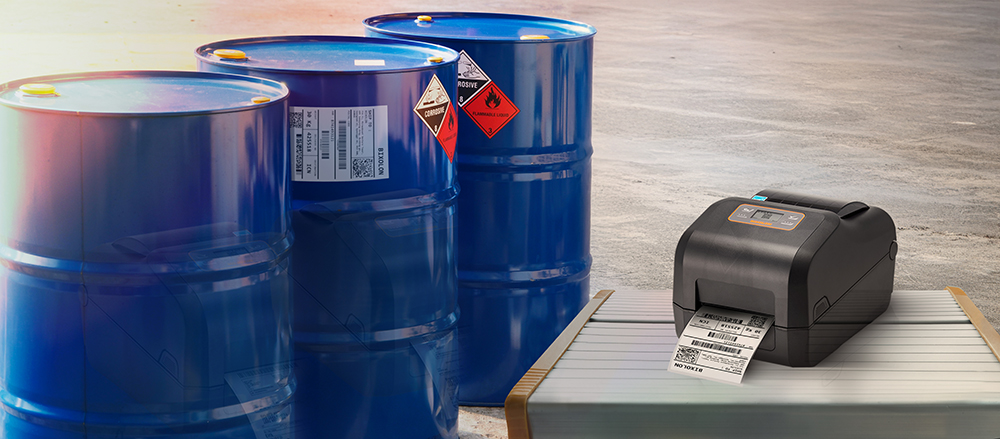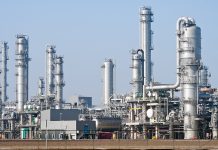The Dangerous Substances and Explosive Atmospheres Regulations (DSEAR) have been around for some time, and those under the scope of them will be well aware of their requirements; demonstrating how the risks associated with flammable atmospheres are identified and managed. We mustn’t get complacent, though.
Industry is changing as we begin to move towards the Net Zero goal, regulation is being revisited as we find our feet with Brexit, and more generally, our knowledge and understanding of flammable atmospheres is increasing as more research is undertaken. It is important that operators keep up to date on what it means to be compliant in an ever-changing world.
Hazard Identification (HAZID) is the starting point of all risk management activity, and DSEAR compliance is no different. Thorough HAZID will make sure that a site’s Hazardous Area Classification is comprehensive and that it covers the less obvious risks, such as hydrogen leaks from faulty battery rechargers. It will also capture releases that fall outside of the guidance; those from larger hole sizes or gas generation by accidental material mixing. HAZID in DSEAR compliance is something to bear in mind as we set off on the path to Net Zero. There are significant changes on the horizon as hydrogen is to play a key role in meeting our energy targets, and with that comes new challenges in identifying and managing potential flammable and explosive atmospheres. Operators will have to consider hazards that they had not considered before, so identifying any knowledge gaps will be essential. Now is the time to be prepared, to look out for emerging research and guidance in this area from relevant industry bodies and to become familiar with the challenges these changes will bring to industry.
We know that DSEAR goes beyond Hazardous Area Classification and onto demonstrating that we have the measures in place to manage our risks. The terms DSEAR and ATEX have previously gone hand in hand as the legal frameworks that require us to make that demonstration. Following Brexit, ATEX is no longer recognised in UK law, but it is important to remember that the requirements of the ATEX Workplace Directive (99/92/EC) continue to be implemented in the UK by the DSEAR Regulations. The obligations of the operator, to provide a demonstration that the risks associated with explosive atmospheres are managed, remain unaffected but the removal of ATEX from UK law does present a good opportunity to clear up some confusion over Explosion Protection Documents (EPDs). There has sometimes been a misconception that operators require an EPD, as they are a requirement of the ATEX Workplace Directive. However, the DSEAR Regulations do not specifically require an EPD. As long as the organisation can demonstrate that the requirements of the Regulations are met, then they are compliant. The EPD could be felt to be a ‘one size fits all’ approach, but UK law gives us more freedom. That does not mean that a standalone document is not a good idea; having all information in one place (for example in a ‘DSEAR Compliance Report’) is an easier way to demonstrate compliance, particularly on sites not under the scope of other associated regulations (i.e. COMAH). Without the requirement for an EPD, however, COMAH Operators in particular are free from having separate documents with duplicated information; they have the opportunity to provide their demonstration for both DSEAR and COMAH within their Safety Report.
While the requirements of the ATEX Workplace Directive continue to be implemented in the UK by the DSEAR Regulations, equipment certification in line with the ATEX Equipment Directive (94/9/EC) is now no longer recognised. The requirements have been transposed to UK Regulation, meaning that for manufacturers, conformity assessments for equipment must now be carried out by a UK Approved Body. UK type certificates are to be used in place of ATEX Certification and CE labels are to be replaced by UKCA labels (although in most cases, manufacturers are permitted to continue to use CE markings until a transition period ends on 1st January 2022). For the operator, this makes little difference in the short term, as the equipment requirements for the EU and UK equipment certification remain the same.
Operators will always have the responsibility to keep their employees safe by identifying and managing their risks. Though the fundamentals of regulation will remain the same, changes in the industrial and political landscapes mean that operators need to adapt and identify how they can continue to fulfil their responsibilities, and DSEAR compliance is no different.
Jenny Hill & Carolyn Nicholls
enquiries@ras.ltd.uk









